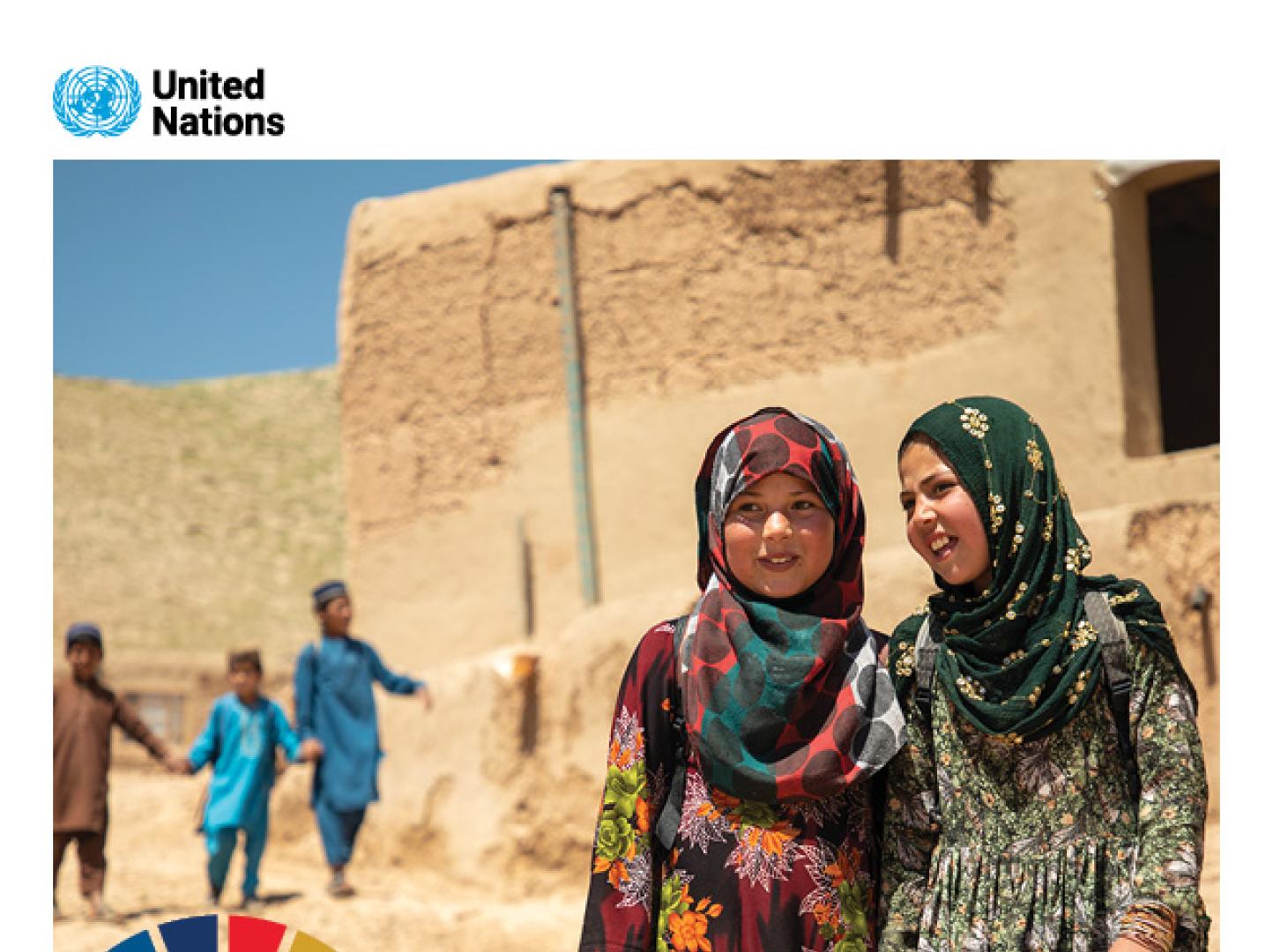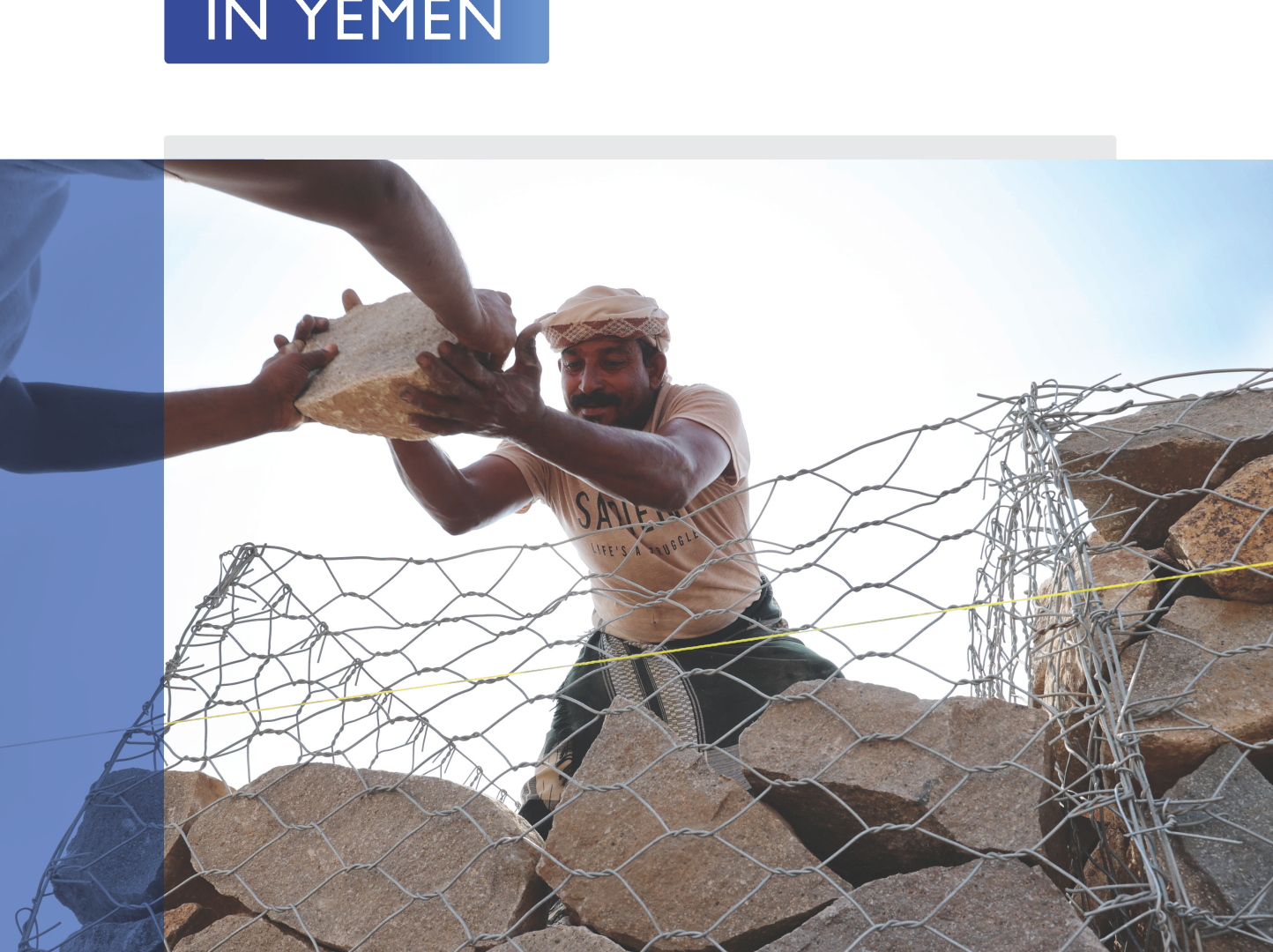UN Yemen Country Results Report 2023

United Nations Country Team in Yemen:
The United Nations Country Team (UNCT) in Yemen comprises representatives from 19 United Nations Funds, Programmes, and Specialized agencies, led by the United Nations Resident Coordinator. This team is pivotal in assisting Yemen to meet its development goals and the Sustainable Development Goals (SDGs). Among these members, five agencies operate without a physical presence within the country, highlighting the challenging context in which the UNCT operates. The team collaborates closely with a United Nations Information Centre (UNIC), crucial for disseminating information about the UN’s activities in Yemen.
The activities of the Yemen UNCT are guided by a strategic United Nations Sustainable Development Cooperation Framework (UNSDCF) specifically tailored for Yemen, extending through 2025. Initiated in the 2022, this cooperation framework is a vital planning and implementation tool for the UNCT’s development initiatives in Yemen. It is closely aligned with Yemen’s context and the global 2030 Agenda, setting forth four strategic pillars that lead to specific outcomes and outputs. Oversight and strategic guidance for this framework is provided by the Programme Management Team (PMT) that includes relevant UN agencies. To support its operations, the Yemen UNCT benefits from various coordination mechanisms, including four Results Groups that align with the strategic outcomes of the Cooperation Framework. The framework’s implementation is further supported by an Operations Management Team (OMT), a United Nations Communications Group (UNCG), and Monitoring, Evaluation and Learning Group (MEL). These entities play a crucial role in ensuring the UN’s work in Yemen is coherent, effective, and efficient, despite the complex challenges faced in the country.
United Nations Sustainable Development Cooperation Framework:
STRATEGIC PILLAR 1: INCREASE FOOD SECURITY, IMPROVING LIVELIHOOD OPTIONS AND JOB CREATION
Outcome:
Availability, sustainability and inclusive access to quality nutrition, food security, environment, and resilient livelihoods enhanced.
Focus areas:
- Enhancement of Nutritional and Health Quality and Diversity.
- Sustainable Agricultural Practices.
- Inclusive Access to Resources and Markets.
- Climate Resilience and Adaptation in Food Systems.
- Strengthening Local Food Systems and Short Supply Chains.
STRATEGIC PILLAR 2: PRESERVE AND STRENGTHEN INCLUSIVE, EFFECTIVE, AND EFFICIENT NATIONAL AND LOCAL DEVELOPMENT SYSTEMS
Outcome:
Rights-based experience of the governance and Rule of Law services and frontline stakeholders enhanced.
Focus areas:
- Capacity Building of Governance Institutions.
- Education and Awareness on Rights.
- Enhancing Service Delivery.
- Gender Equality and Non-Discrimination.
- Access to Justice and Legal Aid.
- Public Participation and Inclusion.
STRATEGIC PILLAR 3: DRIVE INCLUSIVE ECONOMIC STRUCTURAL TRANSFORMATION
Outcome:
Access to decent work with livelihood opportunities for resilience to economic shocks increased for all.
Focus areas:
- Skills Development and Vocational Training.
- Support Small and Medium Enterprises.
- Labor Rights and Protection.
- Social Protection.
- Economic Support.
- Gender Equality and Access.
STRATEGIC PILLAR 4: BUILD SOCIAL SERVICES, SOCIAL PROTECTION AND INCLUSION FOR ALL
Outcome:
Quality, access and use of needs-based, equitable, inclusive social protection and social services improved.
Focus areas:
- Healthcare Access and Equity.
- Education for All.
- Child and family Welfare.
- Income and Livelihood Support.
- Accessibility and Inclusion.




















